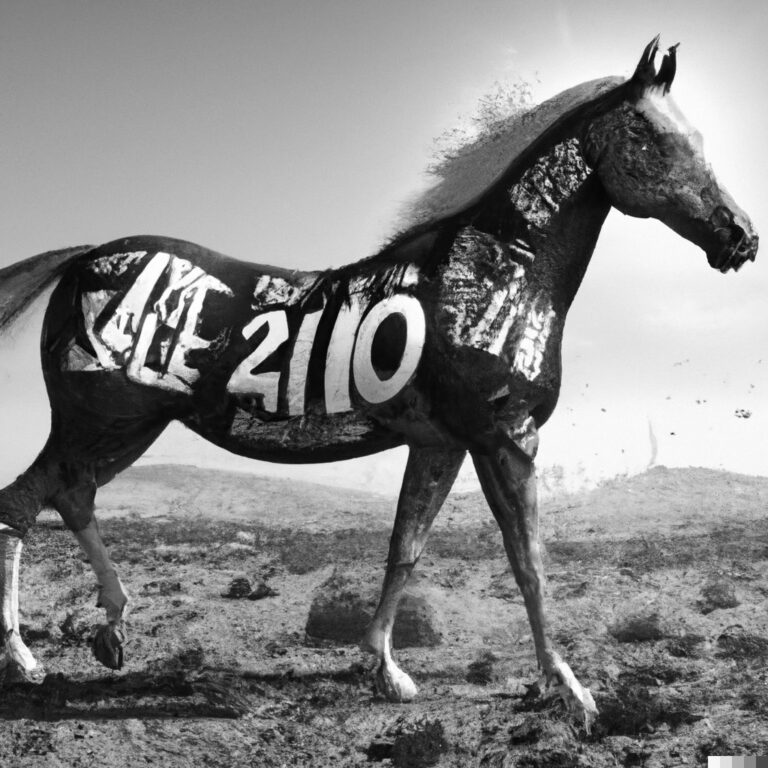Pay twice? Performance and Usage.
Fees for creative services are usually calculated by two factors: a part for the creative service, the performance fee, and a piece for using the work, the usage fee.
This circumstance is often difficult for customers to understand. After all, why should you pay for the“use” of something if the performance of the service has already been paid for? And, what is a “creative” achievement anyway? Is it protected, and what happens if it is not paid for and still used? Money and creativity – a double perspective.

Kreativität?
Let’s define creativity! Difficult? Well, then we ask ChatGTP:
Creativity is the ability to develop original and valuable ideas, concepts or solutions to problems. It involves the ability to combine existing knowledge, experience and resources in novel and unique ways to create something new and useful.
In short, creative people see and implement options, solutions and possibilities where others are pending.
Standing on the shoulders of giants.
Creative solutions are always based on conscious or unconscious references, knowledge or inspiration. Nothing can be created purely by itself; even if we’re still buying into the myth of the ingenious designer in the black turtleneck sweater. Creativity always builds on a network of information, knowledge and courses of action. It requires expertise, an optimistic attitude, an interest in the unknown, perseverance, resilience when things don’t work out again and, most importantly, collaboration.
How can you make money with creativity? Very simple, with hard work, perseverance and luck.
It may be possible to earn money with work if you are lucky or have a very good starting position. However, getting rich with wage labour alone is difficult. Why? Wage labour means earning an income for a set number of hours worked. So you can make money with creativity, but not a lot because the number of possible working hours is limited, and the hourly fee of creative service providers is not as high as in some other professions.
However, since creative solutions often achieve a significant monetary, intellectual or technological effect over a more extended period, creative people not only sell their work output but also the option to use these achievements. The following categories apply to determine the costs of this use:
- Where is the soution used? e.g. in Europe.
- How long is the service used? e.g. 5 years.
- How is the solution used? e.g. as an illustration on the packaging for a CBD soap.
- Who is using the service? e.g. by a company.
These components result in a factor that is multiplied by the performance fee and added to it. Voilà, the final fee is calculated. If there is an expansion of use, the calculation will be recalculated.
And if nothing is agreed on the usage fee?
If nothing is expressly agreed between the creative worker(s) and the customer about rights of use, then the doctrine of transfer of purpose applicable in copyright law applies:
Accordingly, in case of doubt, rights are only granted to the extent necessary for the contract. If, for example, a subject is created for a specific advertisement, in case of doubt only one-time use for this advertisement is permitted, but not further use, e.g. online or for further advertising in a different context.
Is the usage fee also a protection for clients?
Yes, of course! Only if exclusive use is agreed upon clients can ensure that a creative solution is only available to them.
If this is not the case, solutions can be sold to any customer and the competition. Ideally, it should be clearly regulated whether the creative worker remains entitled to further use (only for their own portfolio? Also for other customers?) or whether the customer is exclusively granted the rights.


